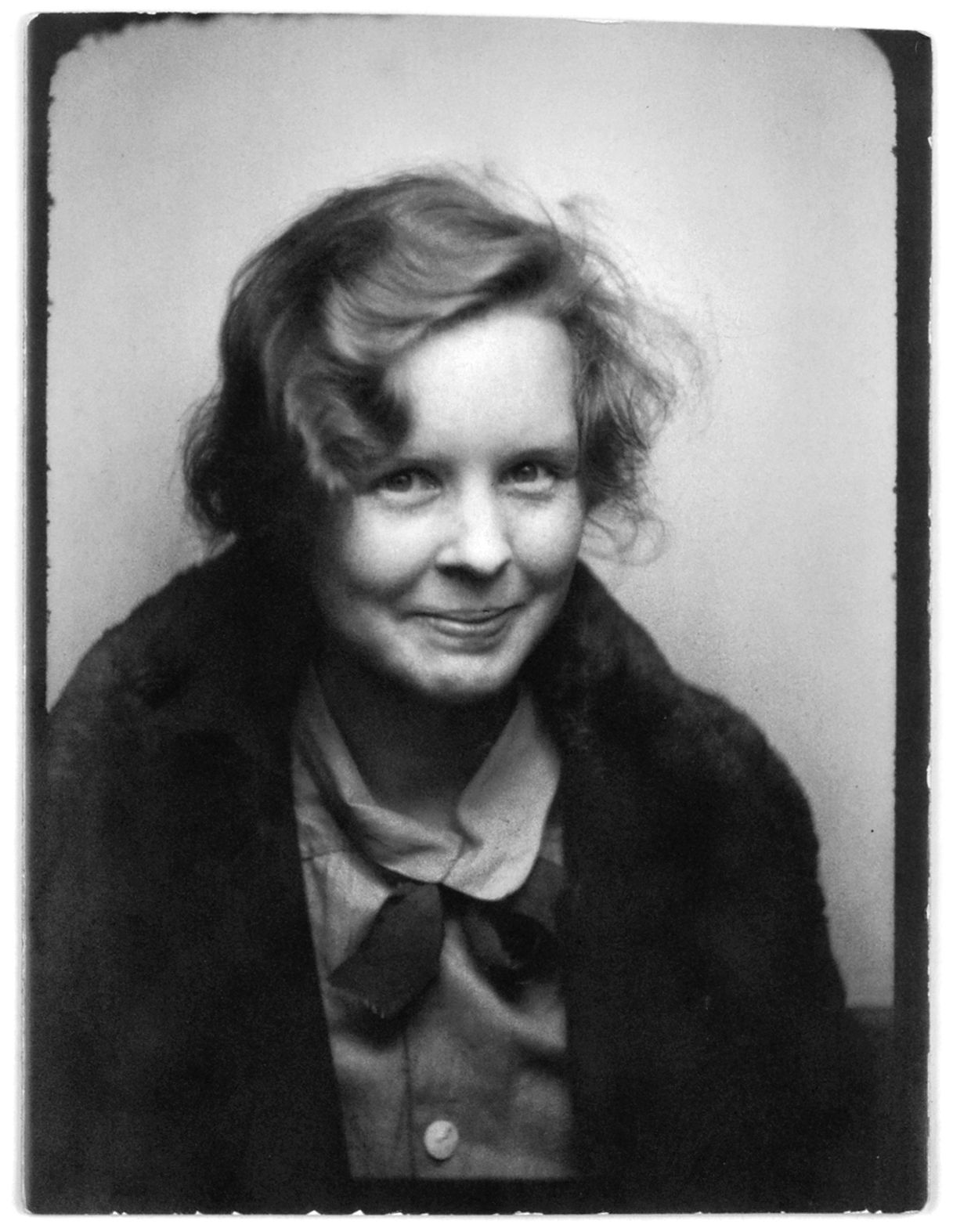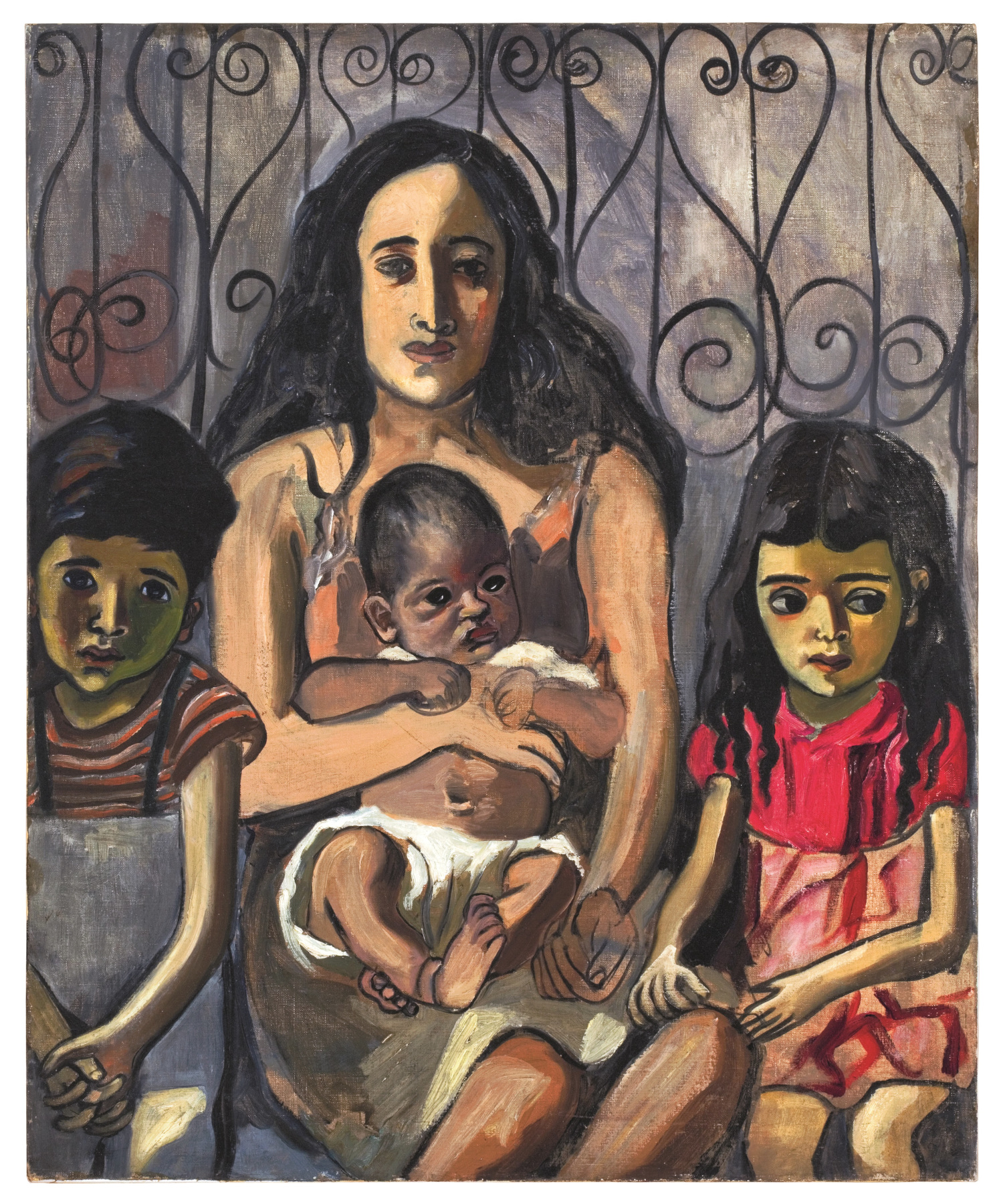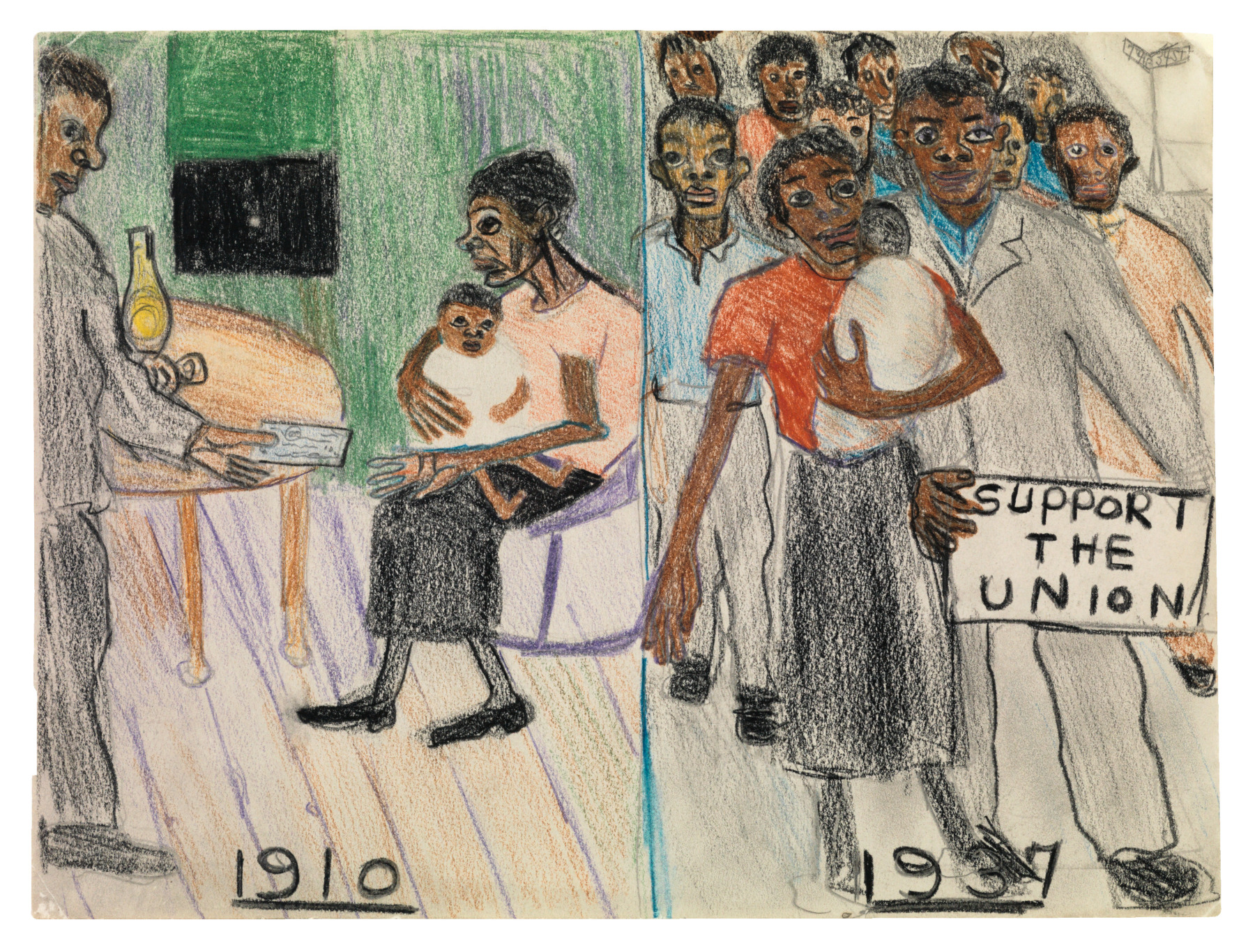Alice Neel: Hot Off The Griddle REVIEW
Mark Bibby Jackson visits Alice Neel: Hot Off the Griddle at The Barbican Arts Gallery and is spellbound by the most powerful exhibition he has seen for ages.
There is something about one of the photographs of Alice Neel which greets you at the Barbican Art Gallery that bewitches me. Taken in 1929 when the artist herself was 29, there is a sense of mischief in her face. You feel that this is an artist it would have been fun to have known.

Alice Neel
Born in Colwyn Pennsylvania at the turn of the last century, Neel went to the Philadelphia School of Design for Women. In 1925 she married Carlos Enriquez Gomez, a Cuban artist, and moved to Havana – her first overseas trip – and became involved in the Cuban modernist scene.
The exhibition starts with portraits from this period – I highly recommend you follow the exhibition in its chronological order, starting at the top of the stairs and then moving in a clockwise direction.
When their first daughter died aged one Neel suffered a breakdown. Art was her therapy. She moved to Greenwich Village and painted the beatnik community in New York from 1931. Much of her painting from this period was of male and female nudes, and was perceived as being somewhat shocking in its vividness.
New York and The Depression
Neel joined Roosevelt’s Public Works of Art Project in 1933 receiving $26.88 per week in 1933. This was the time of the Great Depression. One condition was that she could not paint nudes, so instead she focused on more social themes. Several of the paintings in this section remind me of Lowry. Others, such as Nazis Murder Jews 1936 show her political activism and awareness of the period.
In 1935 she joined the Communist Party, having a poster of Lenin hanging in her kitchen although she described herself as an “anarchic humanist”.
Many of her portraits were created when she lived in Spanish Harlem where she painted normal people struggling in contrast to the traditional focus on the elite. Neel endows her subjects with dignity and power. There is a fixed glare in their eyes, as thought they are looking at us, as much as us at them.

Hot Off the Griddle examines the fundamentally political nature of how we look at others, and what it is to feel seen. Sometimes I feel as though I am intruding in people’s privacy.
Jack Kerouac
The exhibition makes use of multi-media to depict the era in which Neel painted. A video written and narrated by Jack Kerouac talks about the Beat generation to a jazz soundtrack that pervades the rooms.
Neel herself said: “I always felt much more truthful and courageous on canvas”. Certainly, there is a courage and truth to her portraits. Their inclusiveness serves as a contrast to our current obsession with celebrities.
But above all you get a sense of Neel’s amazing energy for life that comes across through the canvas, as well as a sense of sexual liberation. In her 80s Neel used to phone people to say “guess what? I’m alive!”
Her style was quirky expressionist and deeply unfashionable in an era of abstraction. Alice Neel: Hot Off the Griddle is unmissable.
Alice Neel: Hot Off the Griddle Runs at the Barbican Art Gallery from 16 February to 21 May. Further details can be found here.
Cover image: Alice Neel: Support the Union, 1937 © The Estate of Alice Neel, Courtesy The Estate of Alice Neel. Background image: Alice Neel: Rita and Hubert, 1954 © The Estate of Alice Neel, Courtesy The Estate of Alice Neel.






[…] in the day I had visited the excellent Alice Neel: Hot Off the Griddle exhibition at the Barbican Arts Gallery. In the evening I headed to the BFI Screening Rooms for a […]